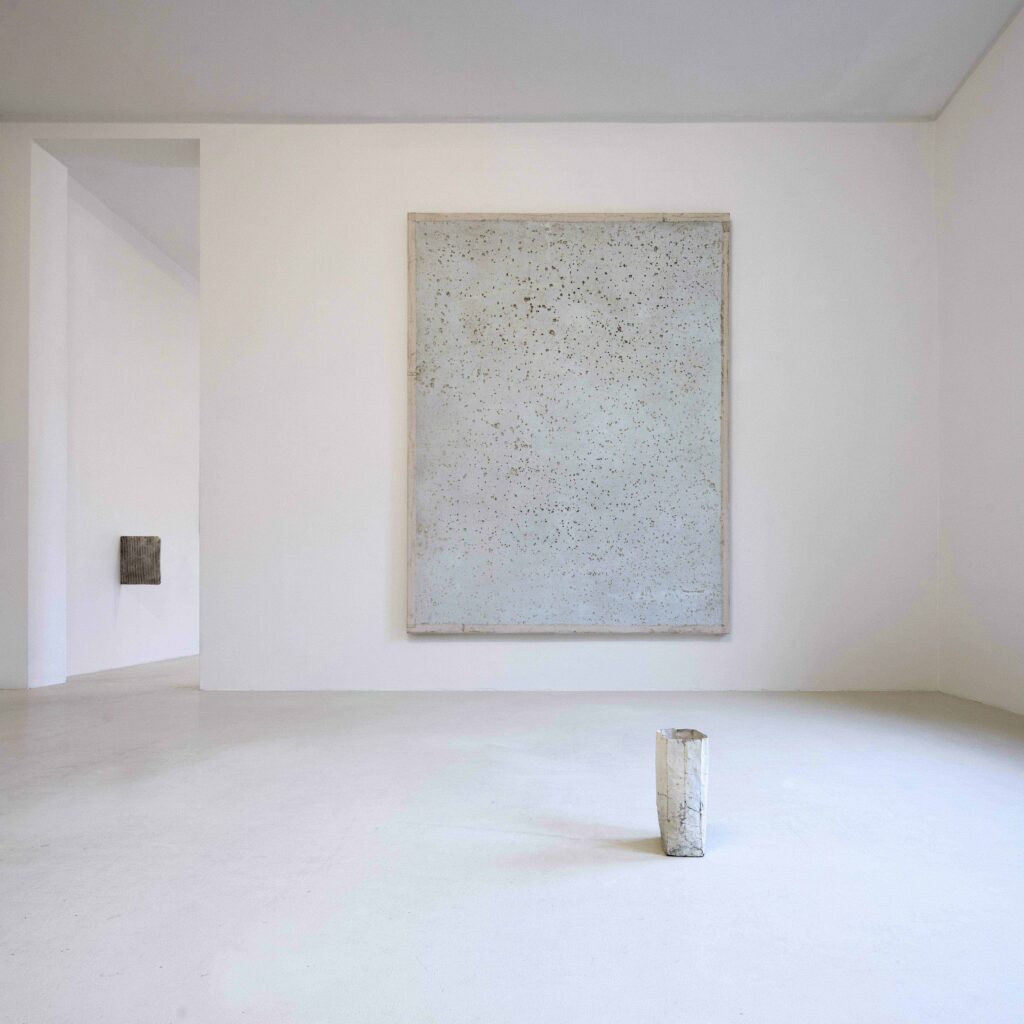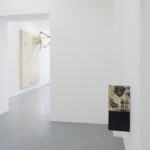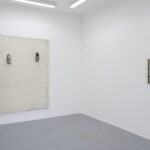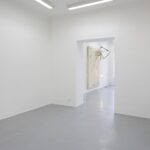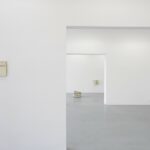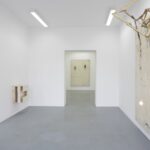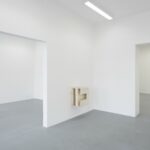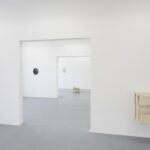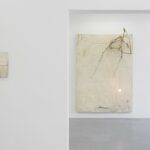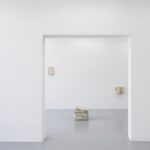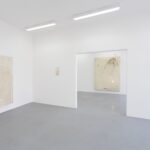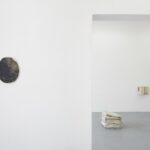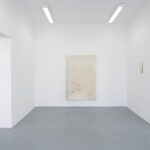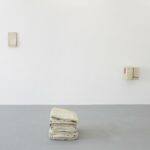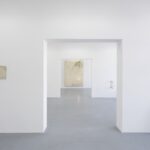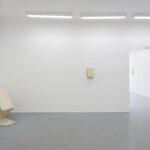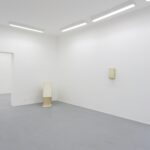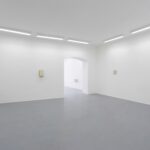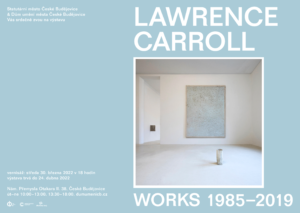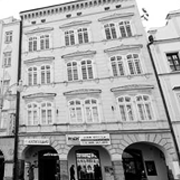Lawrence Carroll – Works / Práce 1985 – 2019
| Date | – |
|---|---|
| Vernissage | 30.03.2022 18:00 |
| Curator | Michal Škoda |
Lawrence Carroll’s intimate works are typically characterized by a sense of quietude and melancholy. They take on the character of objects and possess an ordinariness that grows out of their absolute liberation from any form of illustrativeness and relationship to a particular space. His works form constellations, for instance light and shadow, scale – space, color – shape, object and void.
Time plays an important role in Carroll’s art. Many of his works were created over long periods of time, in some cases even in different studios. Carroll lets himself be guided by time, by waiting and calmness. He lets his works “mature.” He works with unusual materials and his paintings, many of which are transformed into objects that become something like witnesses to time, leave behind traces on the canvas.
Lawrence Carroll was born in 1954 in Melbourne, Australia, grew up in California, lived in New York, and in recent years has been at home in Venice and primarily Bolsena, Italy. In May 2019, while plans for this exhibition for underway, he died unexpectedly in Cologne, Germany. During his career, Carroll showed his work at countless solo and group exhibitions around the world. Of these, especially worth mentioning are documenta IX in 1992 and his participation at the 2013 Venice Biennale, where his works were shown in the Vatican Pavilion. He also exhibited at MAMbo – Museo d’Arte Moderna di Bologna, Dublin City Gallery The Hugh Lane, Casal Solleric in Palma de Mallorca, the Jumex Collection in Mexico City, and the Museo Vincenzo Vela in Ligornetto, Switzerland. An especially remarkable project was his exhibition at the Kloster Unser Lieben Frauen in Magdeburg, Germany. The exhibition in České Budějovice was preceded by Everyday I Am Here at Sydney’s Fox Jensen Gallery and is held concurrently with an exhibition in Naples, Italy.
Carroll’s work can be found in countless world-class collections, such as the Guggenheim Museum New York, MOCA Los Angeles, Museum of Contemporary Art San Diego, Museum of Fine Arts Houston, National Museum of Modern Art Tokyo, Städtisches Museum Abteiberg Mönchengladbach, Sara Hilden Art Museum Tampere, MART Rovereto, Villa Panza Varese, Art Gallery of New South Wales Sydney, and many others.
The work of Lawrence Carroll exists on the boundary between drawing, painting, and sculpture, always with a highly sensitive dose of the poetic and spiritual. It clearly shows the artist’s exploration of certain minimalist tendencies, which he manages to transcend in his own particular manner. Imbued with emotional qualities, his works are usually done in earth tones, and though they are made using simple materials, their silence and ordinariness evokes an experience similar to mediation
One cannot talk about Carroll without mentioning his affinity for Giorgio Morandi, whose work was characterized by the constant search for the poetic potential of everyday objects and a profound interest in their structure, their physical presence in space, and the nuances of natural light. Equally important was Carroll’s love for Giotto, whose paintings and especially frescoes in Assisi – which Carroll visited often – were a great source of inspiration.
Flowers are a repeating motif in Carroll’s early work, but an important later subject was “water” as a metaphor for life. One of the first examples of his use of this natural element is I Hear the Ice Melting, presented in 1992 at documenta IX in Kassel. With this piece, water became such a powerful source of inspiration that he physically integrated it into the work itself. Constant motion, thanks to which water is such an exceptionally non-constant element, prevents the viewer from fixing his gaze on it. Carroll saw it as a challenge to capture its essence.
Carroll spent a long time drawing water with closed eyes. In this way, he learned to observe its motion with his inner eye, and so his drawings are not a product of his gaze but a reflection of his memory. This method of abstraction produced the Black Mirror Paintings, where all that remains is gesture, line, and color. The black paint is scratched using a scalpel to produce vaguely defined but unchangeable traces. Carroll transforms the movement of water in order to express life, where everything is fragile and subject to change. Even the frame is broken and no longer forms the border of the painting. as is frequently the case in Carroll’s work, it is the product of a process that is a creative force. Like living beings, his works bear the scars of their own survival.
This exhibition, which stands on foundations erected while Lawrence Carroll was still with us, was made possible thanks to the contribution of his wife Lucy Jones Carroll. Though small in scale, its retrospective character presents a dignified look at the work of an extraordinary and respected artist, but above all an exceptional human being.
“Painting is something different for everybody. Whether you look at them or make them. There is no one way to understand a painting and there is no one way in which they are made. This will forever always be. My paintings don’t come from the politics or turbulence of the world. My paintings come from moments almost lost in the passing day. I carry with me these moments, stored, buried away in a life that is passing, in hopes to rescue them and to give them the dignity they deserve.” Lawrence Carroll
Wrote about the exhibition
